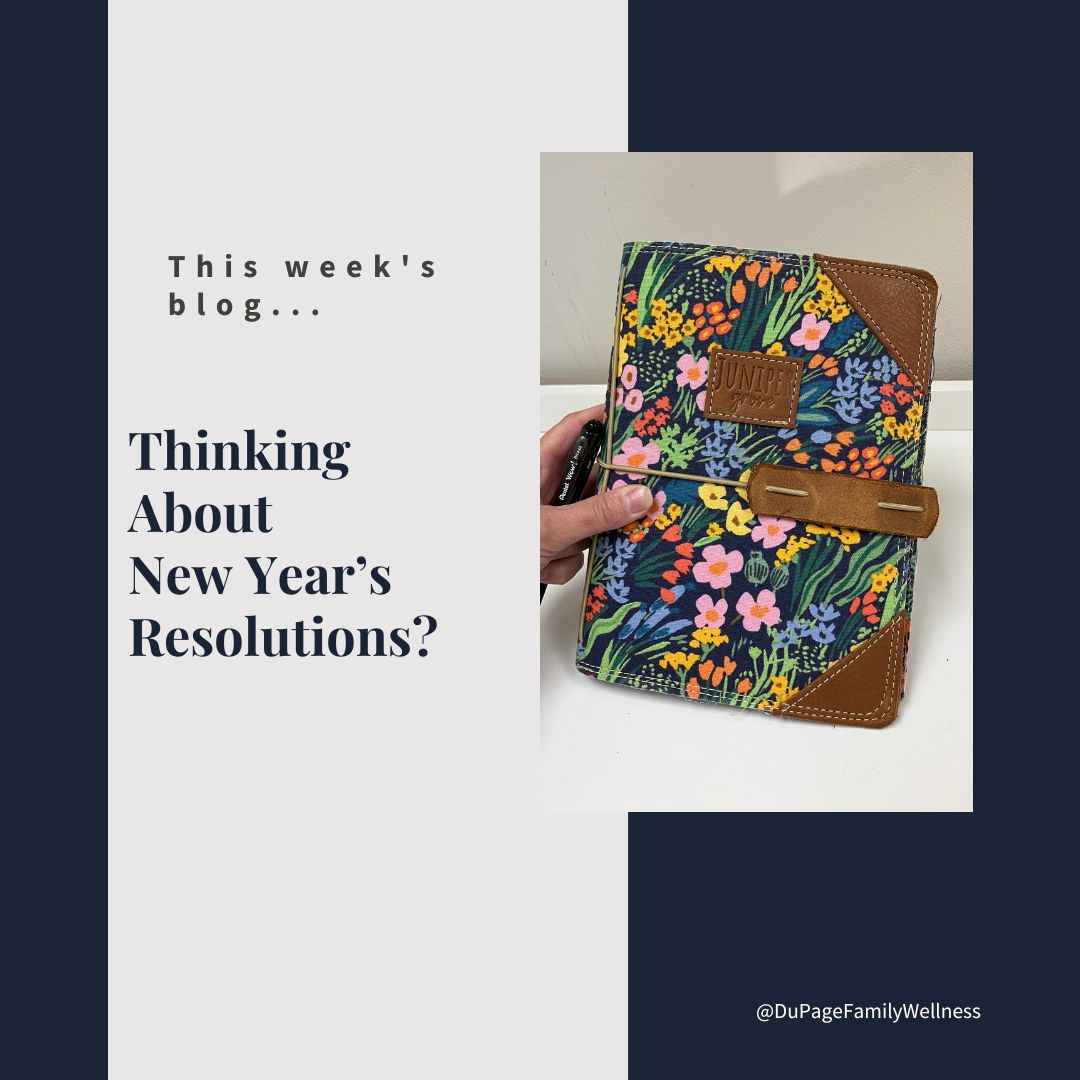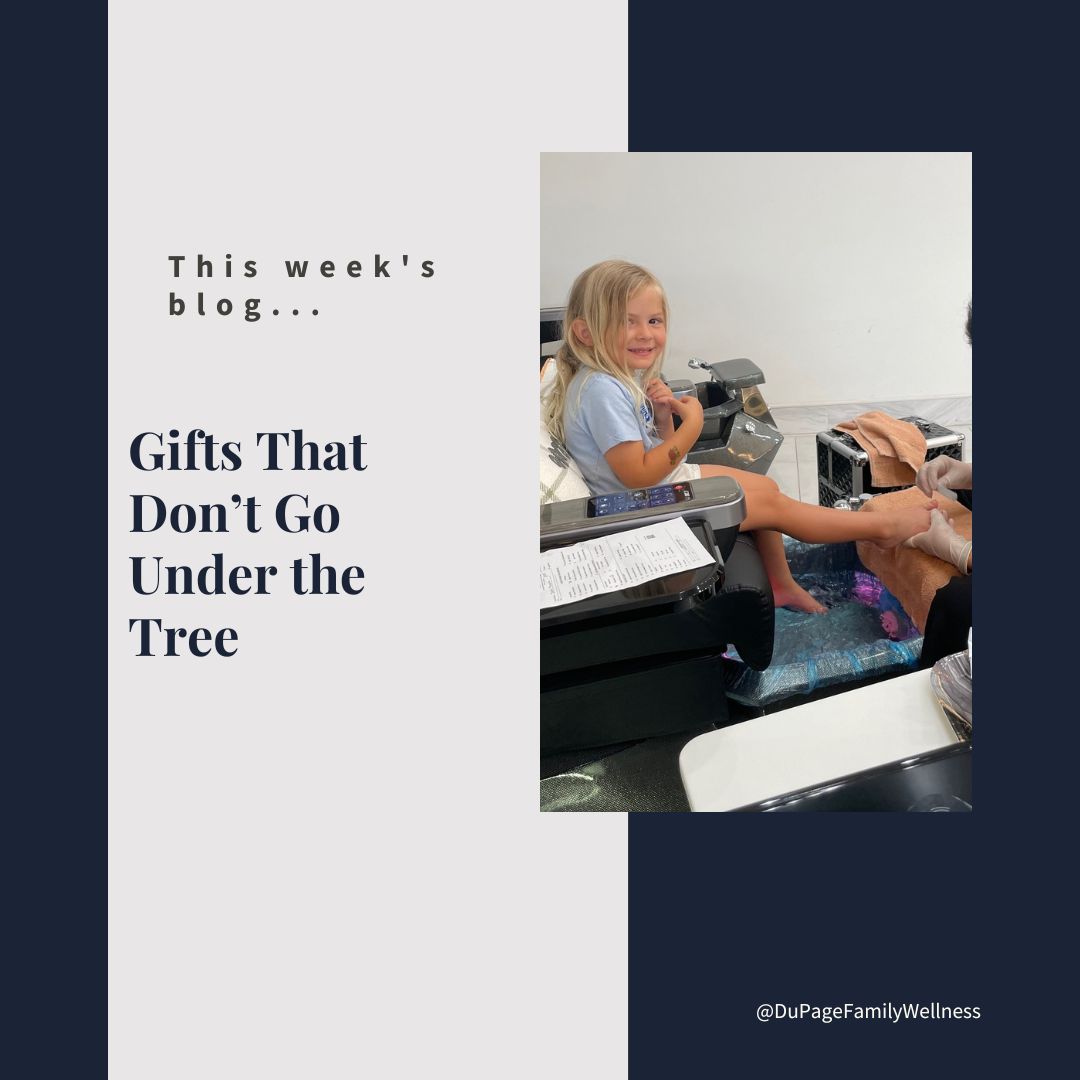Connecting with Yourself
You can not deeply connect with others without being connected to yourself. Knowing yourself and what you value is the foundation for all other relationships. It will help you determine what relationships you want to invest in and allow you to show up authentically. This will make the relationship richer for both parties.
Slowing down can help you connect with yourself, but it can be tricky to know where to begin. Your body can help you notice feelings that may have been overlooked for too long, so start noticing what is going on in your body. Is there tightness in your body from stress? Do you feel a sense of lightness when you are peaceful or happy? Use these sensations to draw your attention to what you are feeling and start to put words to your emotions.
Recognize these feelings without judgment. Do not try to change them. Each one provides valuable information about things that matter to you. Intense emotions can indicate that something is important to you.
Here are some ways that may help you connect with your inner world...
- bundle up and go for a relaxing walk.
- read a book and contemplate your reaction.
- take some time to journal.
- sit alone by the fire.
- go to a coffee shop alone (Kindred in West Chicago is my favorite)
- do a guided self-compassion meditation (with Kristen Neff).
- practice box breathing (also known as Four Square breathing).
- use art as a tool for self-connection. (You don’t have to be an artist, even an adult coloring book can help with reflection.)
- experiment with the 5-4-3-2-1 grounding exercise.
- work with a therapist to get in touch with your internal world.
Connecting with Others
The American Association for the Advancement of Science published a study that found “a lack of social connection is a greater detriment to health than obesity, smoking, and high blood pressure.” On the other hand, positive connections improve your immune system and lead to a 50% increased chance of longevity.
So, what is social connection and how do we cultivate it? Author and researcher Brene Brown defines connection “as the energy that exists between people when they feel seen, heard, and valued; when they can give and receive without judgment; and when they derive sustenance and strength from the relationship.”
The first step to developing this type of relationship is to find people that you would like a deeper relationship with. Look for people that you share common interests with and see regularly. If you don’t already have people like this in your life, try finding some through community groups (meetup groups, book clubs, local schools, spiritual communities, etc.)
It takes time to establish deep friendships, but here are some ways to increase the likelihood of developing them with the people in your life…
Make time for important people in your life
- connect around the dinner table a few times a week
- invite friends to go out for coffee
- have a game night at your house
- hang out in the evening with the people in your home
- call a family member
- text an old friend
Do an activity together
- go for a walk
- enjoy a round of golf
- do some shopping
- head to the bowling ally
- challenge yourselves to a room escape
Reframing Failure
 The second Friday of January has been deemed Quitter's Day. The day is intended to encourage those who are giving up on their New Year's Resolutions to keep pushing towards their goals even if they do not do it perfectly.
The second Friday of January has been deemed Quitter's Day. The day is intended to encourage those who are giving up on their New Year's Resolutions to keep pushing towards their goals even if they do not do it perfectly.Many view it as failure when they do not meet all of their goals; it can be a painful experience, leading to embarrassment and shame. But, what if we could reframe the experience of "failing" by looking at the bigger picture?
Most of our success is a process. We don't wake up knowing new skills; we need practice. So, ask yourself if failing is simply a footstep on the path to greatness. Are there ways to modify your goals that will still take you in the direction you want to go?
Let’s explore this topic and see why many leaders deem failure necessary.
Growth From Failure
Think about one of your greatest achievements. Did you accomplish it easily without any challenges? Most likely you didn't because messing up is part of the learning process.
Winston Churchill said, "Success consists of going from failure to failure without loss of enthusiasm." Accepting our failures as part of a bigger picture helps us from letting discouragement hold us back.
Making a mistake gives us valuable information. When we embrace these mistakes, we can take what we’ve learned and apply it toward achieving our goals. It can also be a chance to reconsider and modify our goals.
Limits of Playing it Safe
Elon Musk allows failing to be an option in his work, saying, "If things are not failing, you are not innovating enough."
Understanding the importance of failing, frees us up to risk, try, fail, and learn more. If you never fail, your goals may be too small. It might keep you from failure but will limit your ability for growth. Achieving greatness inherently comes with the risk of failure.
If we can embrace our mistakes as a part of learning, we will not need to play it safe. We will be free to try innovative ideas with the potential for huge success. No one is good at something the first time they try, but there are benefits in taking a risk!
Failing Forward
Many people seen as the most successful were often considered failures at one point. Did you know that Howard Schultz was rejected for a loan 242 times before he secured the funds to start Starbucks?
I like the term "failing forward." We fail forward when we keep persevering despite failure, knowing that failing is a part of the learning process. Embracing this truth frees you up to be (and accomplish) all you can be!
So, when you start to feel like a failure, remember the words of J.M Barrie who authored Peter Pan. He says, “We are all failures - at least the best of us are.”
What would you try if you knew you wouldn't fail? How can you embrace failure, knowing it is part of the process?
Dr. Jamie
How Good Should Your Body Feel?
 Most people do not realize how good their body should feel. Lack of energy, stomach issues, and pain have been accepted as a normal part of life. I am here to tell you that it is not normal to live with these symptoms.
Most people do not realize how good their body should feel. Lack of energy, stomach issues, and pain have been accepted as a normal part of life. I am here to tell you that it is not normal to live with these symptoms.Do a little exercise and ask yourself what aches and pains you have accepted as normal. Write down two or three things that stand out to you. If nothing comes to mind, keep reading and try this exercise again when you are done with the article.
If you have a formal diagnosis, this question can be especially important. It is easy to believe that the diagnosis means your symptoms will be part of your permanent story. But, this does not always have to be the case.
We need to begin by looking at the bothersome symptoms you may face. They may tell us something about how your body performs basic human functions. When one of your basic functions is not optimal, it can lead to unpleasant symptoms.
Let's consider what these symptoms may be trying to tell you.
Issues to Address
- Hydration - Can you urinate without discomfort? Is your urine a “normal” color? If you are unsure, check out the following chart.
- Digestion - Can you take in food and process it normally? Do you have regular pain-free bowel movements of proper consistency? Check out the following chart if you are unsure if your stool is “normal” or not.
- Nutrients - Are you giving your body the nutrients that it needs? Are you eating foods that lead to inflammation within the body? Do most of your meals consist of nutrient-dense foods? If you are unsure, let's talk about it at your next appointment.
- Stress management - How often do you feel stressed? What is your tolerance for handling small, medium, and large stressors? If you are unsure, consider how long it takes to calm down if an officer turns his lights on behind you to stop someone else. If you feel the impact hours later, your body is probably not handling stress well.
- Sleep - How many hours do you sleep each night? 7-9? Do you have trouble falling asleep? Do you have trouble staying asleep? If you are not sleeping well, it can drastically impact your immune system and ability to heal. Keep a sleep journal and read some of my blogs on sleep quality.
Thinking About New Year's Resolutions?
 It may be a little early to talk about New Year's Resolutions, but many people start to think about them over the holidays. While the new year is a great time to start fresh, accomplishing your resolutions can be challenging.
It may be a little early to talk about New Year's Resolutions, but many people start to think about them over the holidays. While the new year is a great time to start fresh, accomplishing your resolutions can be challenging.According to the University of Scranton, research suggests that only 8% of people achieve their New Year's goals. Perhaps people who do not reach their goals are missing some key elements.
Before deciding on outward action, think about who you want to be. What do you want your life to look like a year from now? Do this before you decide on specific resolutions. Once you establish that, you can move on to an action plan. It does not have to be complicated, in fact, simple is often better.
Let’s look at some important principles that are commonly missed and set you up for success!
1. Clarify Your “Why?”
Take some time to slow down and get to know yourself. So often, we rush through life to the point where we lose track of ourselves. We must reconnect with our true selves to set meaningful goals. Notice what you are truly passionate about so that you know what is worth changing in your life. There’s no point in working hard towards a goal that doesn’t align with your values.
2. Know Thyself Deeper
Before attempting a healthy behavior, notice your inner experience surrounding your current practice. What drives your behavior? What does the behavior do for you? If you want to stop eating late at night, pay attention to the feelings you have when you eat before bed tonight. Your plan will look much different if you are hungry rather than if you are trying to cover loneliness. This is crucial if you are going to set yourself up for success. Don’t skip this step!
3. Be Specific
Goals need to be specific to be achievable. John Norcross of the University of Scranton says, “If you can't measure it, it's not a very good resolution because vague goals beget vague resolutions." Rather than deciding to exercise more, say you want to take a walk three times a week during your lunch break. Instead of trying to eat healthier, choose to have a serving of vegetables with 90% of your meals.
Living Based on Your Values
 Look at your calendar and think about your typical day. How much time do you spend on the activities associated with your values? How much of your day is spent on things that are not too important to you? If you notice most of your time isn't spent on your priorities, how can you change that?
Look at your calendar and think about your typical day. How much time do you spend on the activities associated with your values? How much of your day is spent on things that are not too important to you? If you notice most of your time isn't spent on your priorities, how can you change that? The first step in making this change is becoming clear about your values. If we are not clear about what matters to us, the wishes of others can overwhelm us. We can use these values as a foundation when making decisions.
You can't do everything; there are only 24 hours in a day. It is not selfish to guard your resources, including time, energy, and money. Even considering the mental load you carry is important. Something may seem super simple, but if it is one more thing to remember, you may still benefit from declining.
Let's ask ourselves, "Does my life reflect my values?"
My Health Is a Major Priority
If I don’t have my health, I don’t have anything. Being healthy is what gives me a great quality of life. I support my health by...
Gifts That Don't Go Under the Tree
 Some of the most cherished gifts are things you can’t wrap to put under the tree. Since most of us don’t need more material goods, I love giving experiences that make lasting memories!
Some of the most cherished gifts are things you can’t wrap to put under the tree. Since most of us don’t need more material goods, I love giving experiences that make lasting memories! One of my favorite gifts from my parents was a family membership to the DuPage Children's Museum. It was so much fun, and we thought of them every time we went there throughout the year.
When you give an experience as a gift, the key is finding something they will enjoy that fits your budget. It could be a date to a local coffee shop or something more extravagant. The cost does not matter as much as the personalized touch behind it. So, think about the person. How can your gift show them that you know and care about them?
Let’s look at some ideas for experiences your loved ones may enjoy!
Children
Experiences give the child a memory that will last far longer than any toy. Think about getting them a…
- pass or membership to the Zoo (Brookfield and Cosley Zoo are both great)
- membership to a children's museum
- ticket to a new movie (with money for popcorn of course)
- ticket to take the Metra train (into the city or to Toot Toot’s restaurant in Glen Ellyn)
- kid's manicure/pedicure
- ticket to a children’s show at a local theater (Frozen is playing at the Paramount in Aurora, IL)
- ticket to a sporting event
- couple of games of bowling (don't forget the shoe rental)
- horseback riding lesson
- series of swim lessons


 Whatever your relationship status, you deserve a great Valentine's Day. A relationship does not need to be romantic to be life-giving. Remember the many special people in your life, both friends and family. Take time to appreciate them and celebrate how special they are.
Whatever your relationship status, you deserve a great Valentine's Day. A relationship does not need to be romantic to be life-giving. Remember the many special people in your life, both friends and family. Take time to appreciate them and celebrate how special they are.